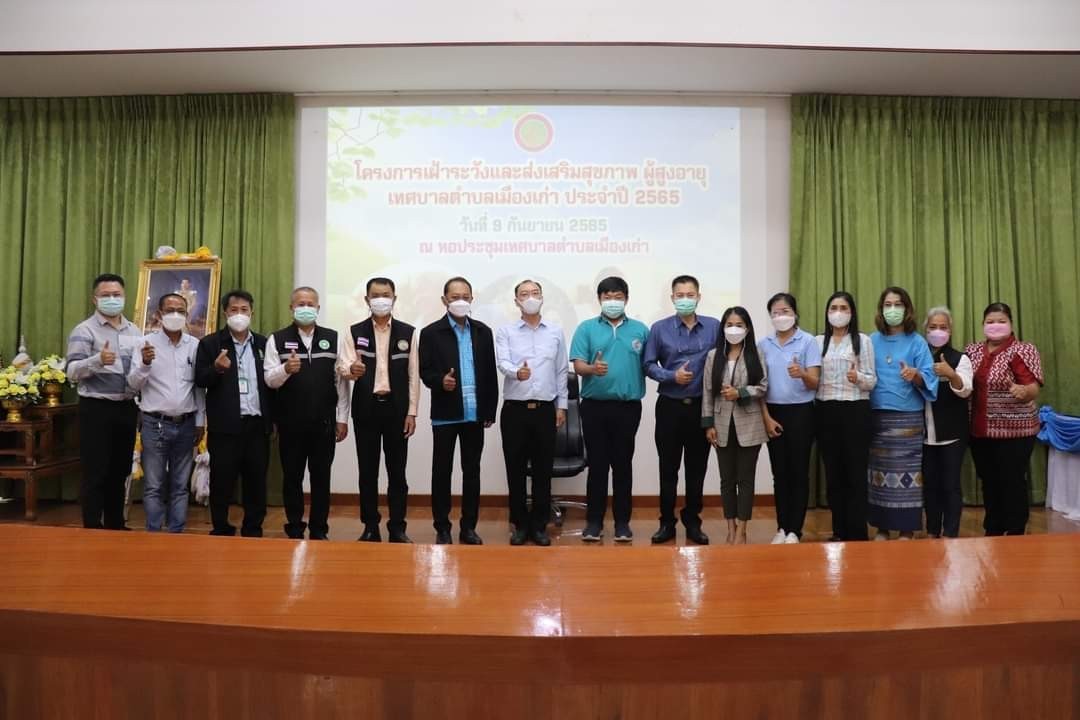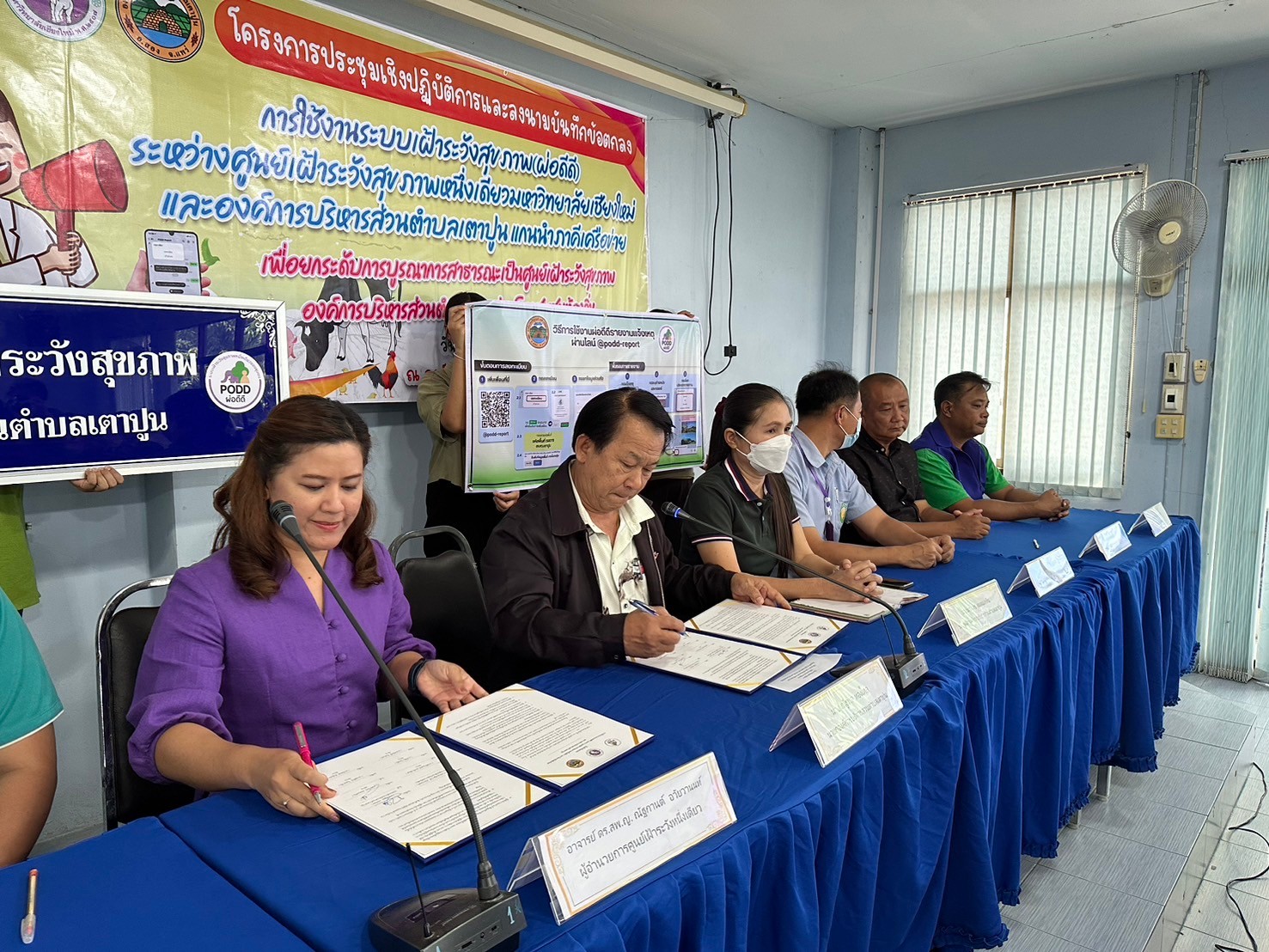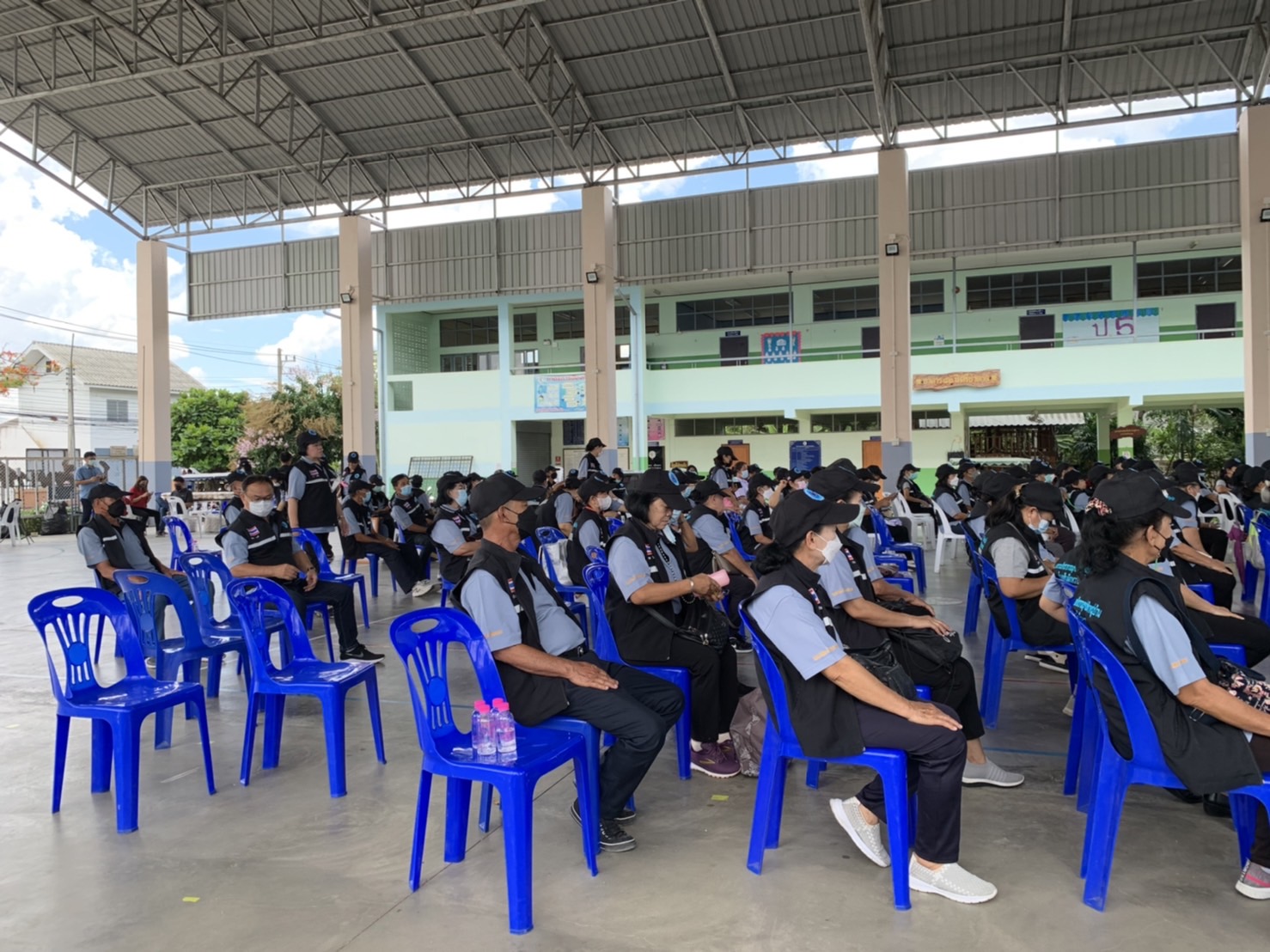The PODD System
PODD
A digital surveillance system for monitoring human, animal, environmental, natural disaster, and public health, designed to rapidly detect (early detection) anomalies in a single health system. It utilizes smartphones for reporting, processing, and real-time automated notifications.
the PODD system?
- Human
- Animal
- Environment
- Food Safety





The mechanism of the PODD system
1. Reporter (General public)
The PODD system is a community-based One Health surveillance system, co-owned by local administrative organizations. It relies on community members to report incidents related to One Health, including humans, animals, the environment, and public disasters through two channels: the LINE PODD Report and the PODD application. Community reporters can be categorized into two groups: 1. Organized volunteers and 2. Reporter (general public).
2. Digital
The system will automatically process data and generate alerts. These alerts will be sent to responsible departments/units through a pre-configured Line group, including District livestock, Provincial Livestock, District Public Health, Province Public Health, Department of Disaster Prevention and Mitigation and Sub-district Health Promoting Hospitals.
3. Epidemic Preparedness and Response Plan
When local administrative organizations receive automatic alerts from the PODD system, officials will follow the established incident management plan, which clearly outlines the duties and responsibilities of everyone involved, from villagers and volunteers to village headmen/community leaders, as well as relevant district and sub-district.
The digital communication system enables real-time, simultaneous dissemination of information and news to all relevant agencies at all levels. Provincial-level agencies, such as livestock and public health departments, and other agencies configured by the LAO, receive instant notifications through Line groups, facilitating prompt monitoring and response to situations.
3 Sustainable operation
Local Government Organization
Local Government Organization
Local Government Organization
Digital Automation
The automated digital system consists of two components:
- Incident reporting digital system: LINE PODD Report and PODD application.
- PODD system monitoring dashboard: For local government organization officials to configure and manage reporters, data, and notifications in their respective areas.





Incident management process (committee)
Local Government Organizations shall appoint a committee and design processes to respond to incidents and supervise the work of community health volunteers, monitor system administrators and functions, develop annual operational plans, emergency preparedness plans for One Health issues, and continuously and sustainably develop and monitor diseases and abnormalities related to One Health, including:
- Human health activities: such as dengue fever, avian influenza
- Animal health activities: such as fowl cholera, avian influenza, rabies, foot-and-mouth disease
- Environmental health activities: such as food safety, smog, waste, nuisance
- Disasters: such as wildfires, landslides, hazardous areas
Motivating people to report incidents
Local Government Organizations must have a process to incentivize incident reporting.
- Continuously provide training to increase the knowledge of both regular and ad-hoc volunteers.
- Open opportunities for the general public to participate in incident reporting.
- Establish a platform to honor and recognize incident reporting volunteers.
Volunteers report incidents
Reporter
Reporters are responsible for monitoring community issues. They are required to immediately report any suspicious activities or incidents, and to confirm the absence of any such incidents at least once a week to verify community safety.
Relationships with reporter
- Organized volunteers is community volunteers trained by the Local Administrative Organization (LAO).
- Reporter (general public) is general public reporting incidents.


